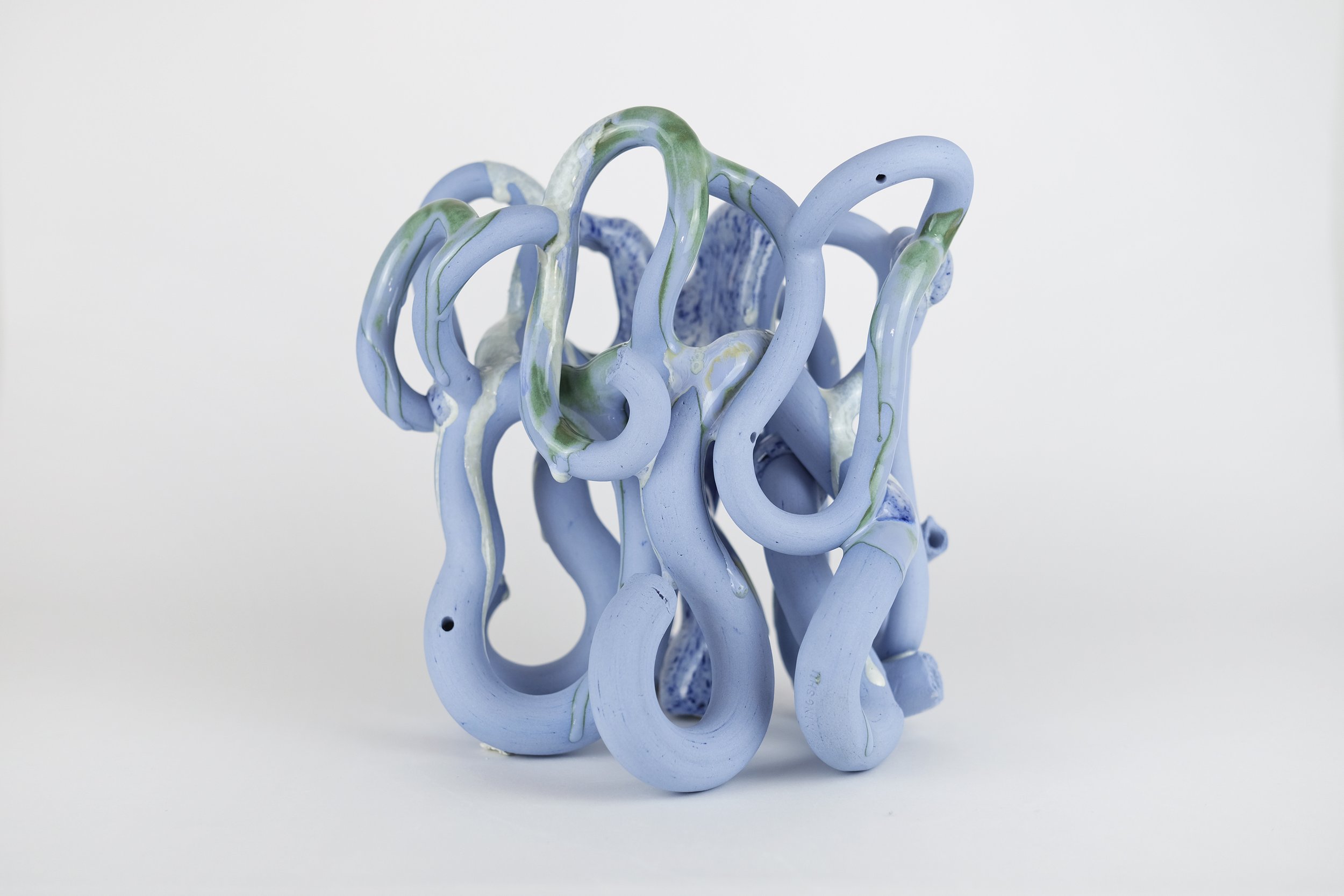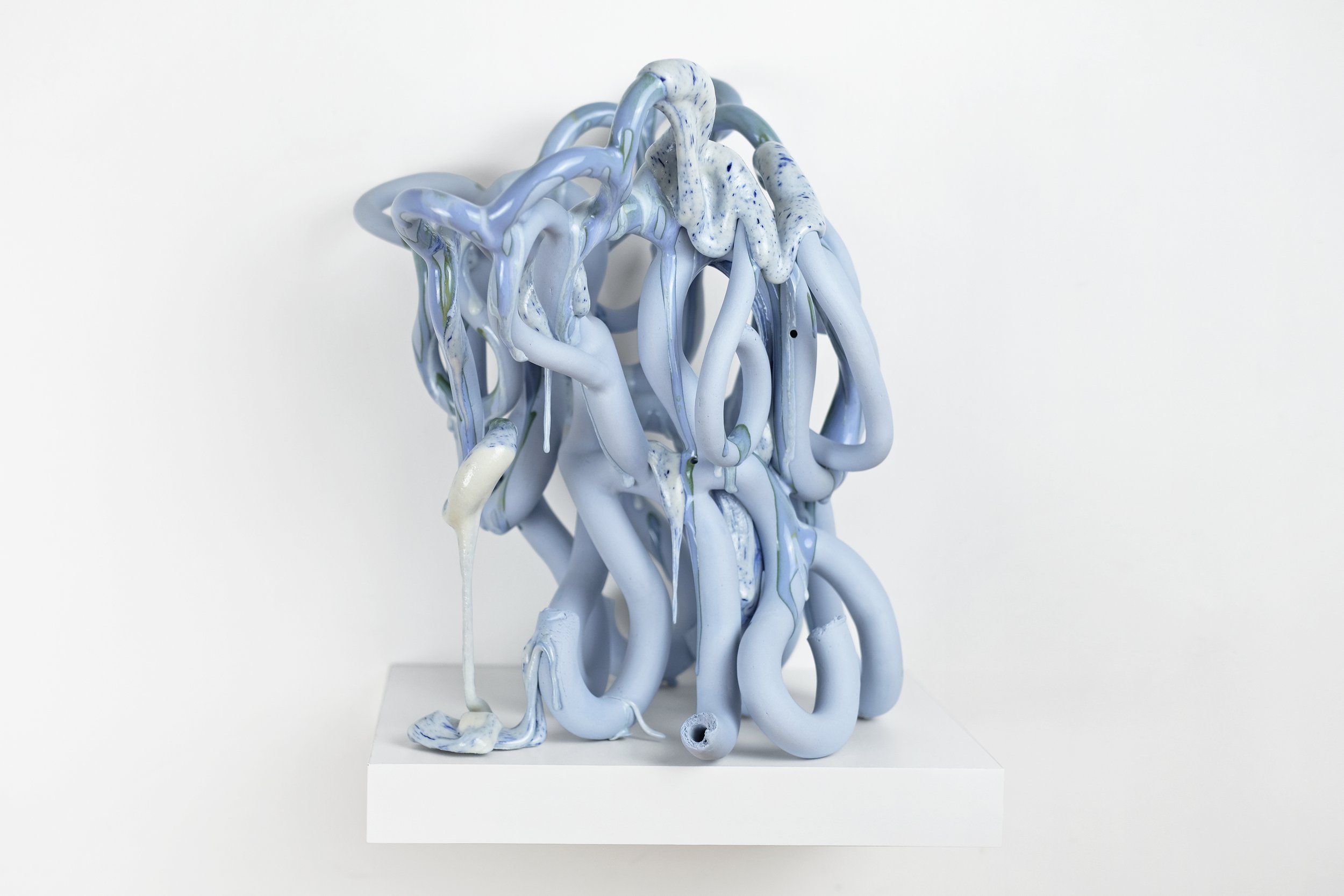







During an artist residency in Porsgrunn, I encountered the straw pattern (Stråmønster), a motif with a fascinating cross-cultural history that spans continents and centuries. Originally inspired by the chrysanthemum designs on Chinese blue-and-white porcelain, this pattern was simplified by Meissen porcelain manufacturers in 18th-century Germany. By the late 19th century, it had traveled through Denmark, where the Royal Copenhagen factory combined it with Japanese motifs, and eventually arrived in Norway, where it became a hallmark of Porsgrund’s Porcelain Factory.
The story of the straw pattern cannot be uncovered purely from an Eastern perspective, at least it was never touched upon in Chinese art history classes. It's a story I could only understand after personally coming to Norway. Six years later, I finally recognized this strawflower. I couldn't help but compare my own experiences with its journey: if a person with initiative, must constantly compromise and adapt to different situations, then what about a flower? What kind of trials has it gone through, how many versions has it been changed into, and how many languages has it been mixed with? Time has draped this flower in a splendid cloak, turning its story into something romantic. But only the flower itself knows the hardships of its journey.
The story has now blended with my own language, expressed through the media and material most familiar to me in the form of ceramic sculptures. I’m using art to fill the gaps left by written records, trying to depict this journey in its entirety. It is not just its journey—it is mine as well. I express this ongoing process of change and reinterpretation through this project.